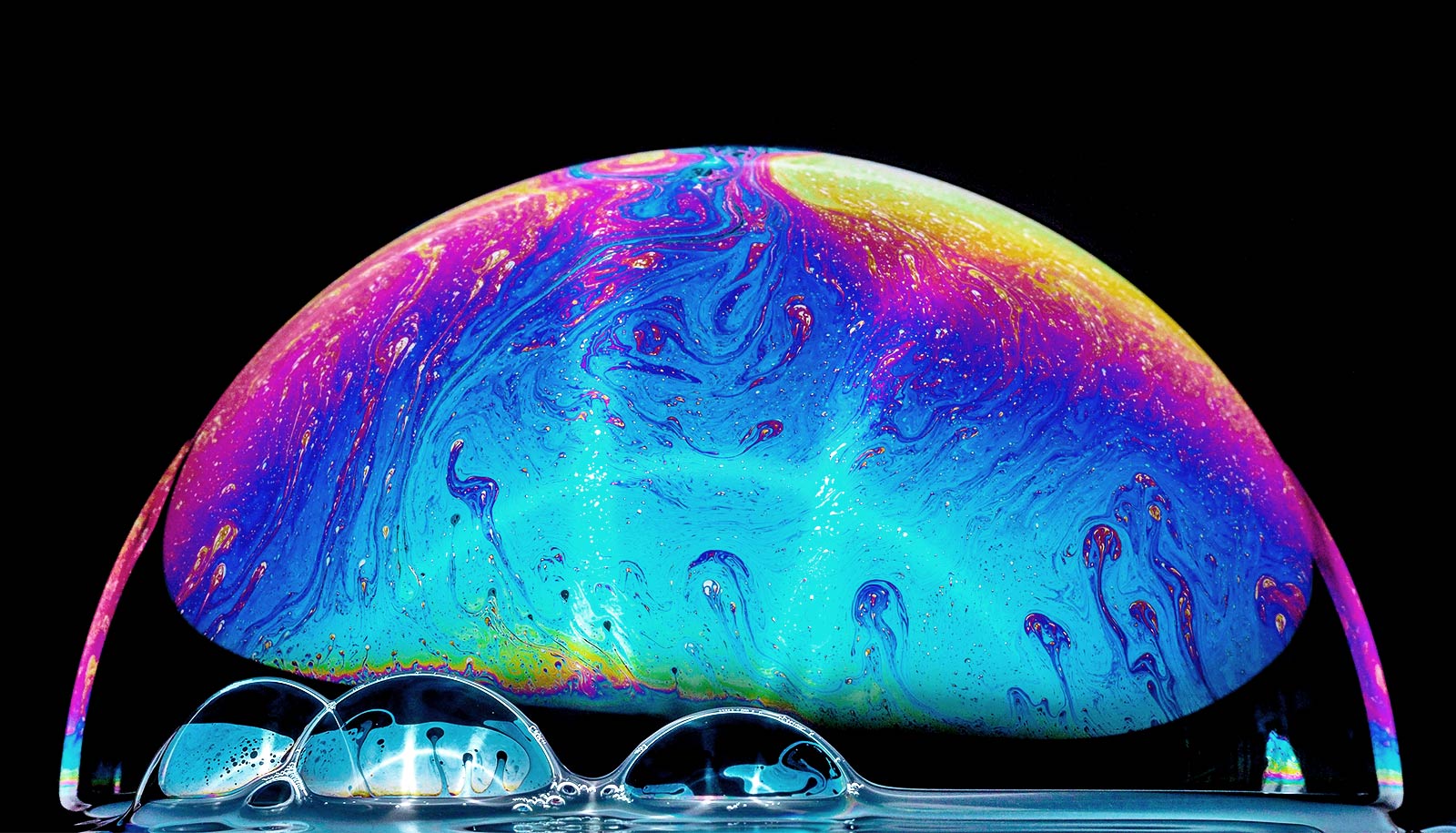New research outlines a method of showing how fast-acting drugs affect the brain within minutes to hours of being taken.
The study outlines strategies for optimizing proton magnetic spectroscopy (1H-MRS) imaging in the minutes to hours following drug ingestion. 1H-MRS imaging has been most often used to assess long-term changes in the brain’s metabolism in psychiatric disorders, pharmacological treatment, chronic drug use, and alcohol dependence.
This new study demonstrates the technique’s capacity to evaluate the biochemical changes in the minutes to hours following drug consumption—a new application of the technique.
The research appears in ACS Chemical Neuroscience. Leaders of the study are Tara White, assistant professor of behavioral and social sciences (research) at Brown University, and Meghan Gonsalves, a PhD student at Brown.
In a 2018 study, which White also led, the technique found a large rise in neocortical glutamate—the major excitatory neurotransmitter in the mammalian brain and nervous system—2.5 hours after people took drugs used to treat attention deficit hyperactivity disorder (ADHD).
“We’re interested in emotion and behavior in healthy people, so we decided to use this technique to understand what’s happening with metabolism inside the brain in response to FDA-approved drugs that we know impact emotion, cognition, and behavior,” says White, who is affiliated with Brown’s Carney Institute for Brain Science and the Center for Alcohol and Addiction Studies in the University’s School of Public Health.
“We saw a large effect on compounds as fundamental as glutamate, which rose after the drug compared to placebo within subjects. What we have is a snapshot in time, which indicates a rapid change in glutamate and other compounds 2.5 hours after drug ingestion in one area of the brain.”
In the new paper, White and Gonsalves provide guidance for researchers, clinicians, and drug scientists for the timing of 1H-MRS imaging in drug administration protocols. They outline strategies for understanding the mechanisms through which fast-acting drugs alter emotion, behavior, and cognition in humans.
“When you look at the existing literature there is a dearth of information or studies that look at the short-term effects of drugs, neurological events, and neuromodulatory effects on glutamatergic compounds,” says Gonsalves. “1H-MRS imaging is an underutilized technique that can bust the door wide open into how metabolic concentrations change in real time in the living human brain.”
In long-term studies, researchers typically perform imaging acquisition on two groups before and after a treatment—a control group receives an inactive substance while another group is given the treatment. In the new study, however, White and Gonsalves conducted the imaging acquisition during the period in which a fast-acting drug had its immediate effects. The placebo control, which is an inactive substance, was given to the same participants in a time-locked procedure that was identical to the day in which they took the drugs.
As a next step, the researchers will establish a three-pronged research program on brain metabolites that contribute to emotions in healthy adults.
Funding came from the National Institute on Drug Abuse.
Source: Sara Feijo for Brown University



